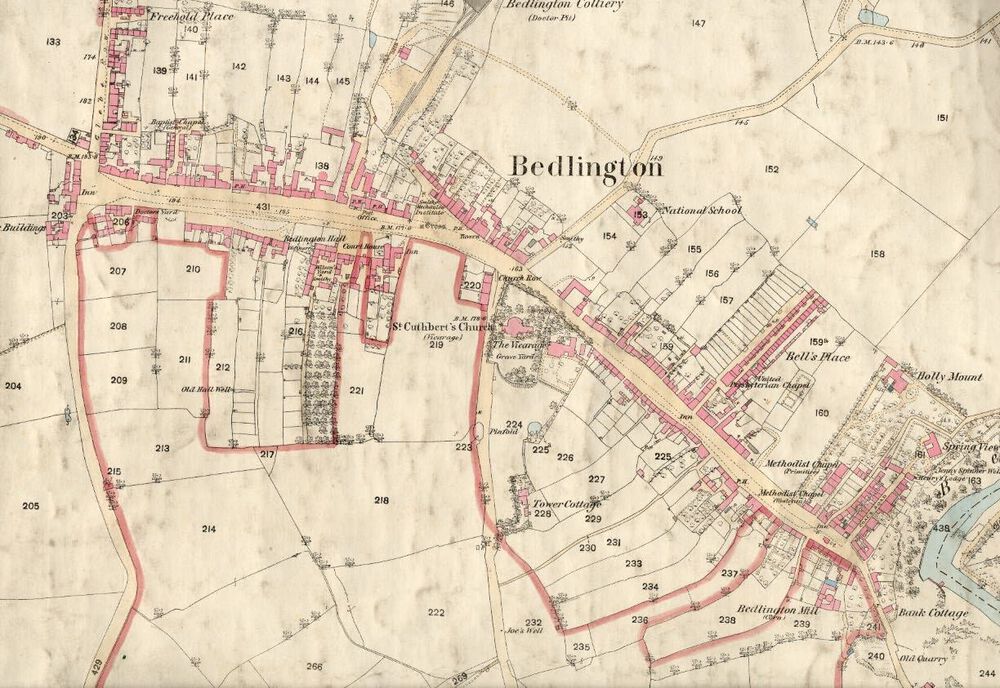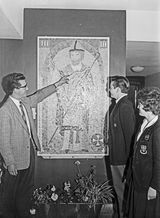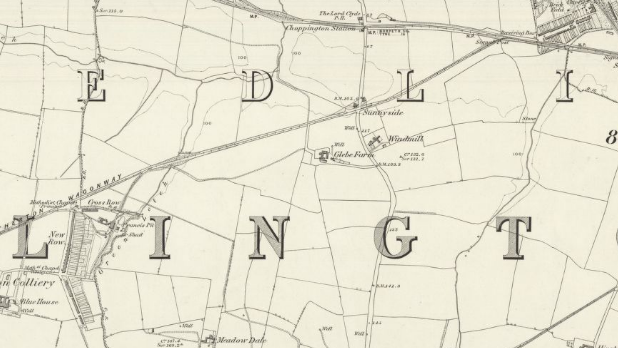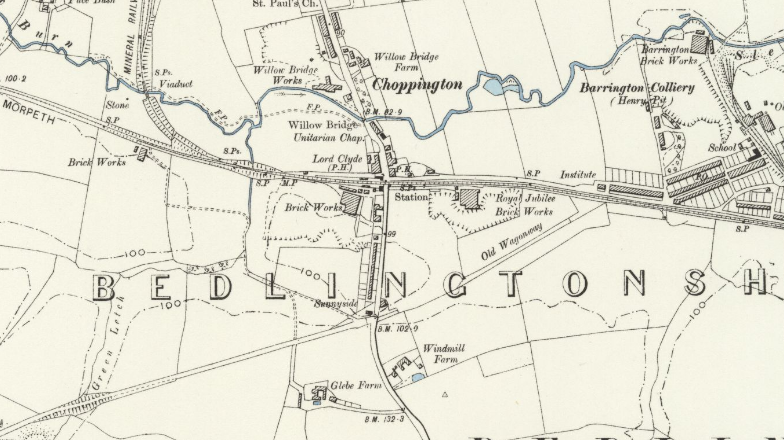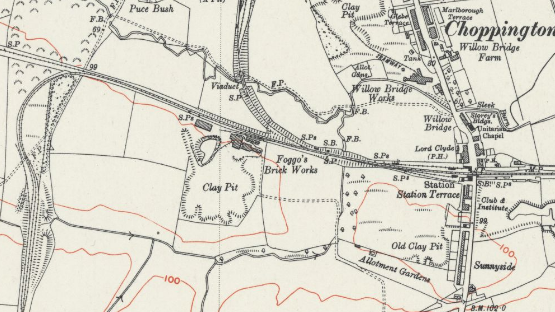.jpg.cdd7f8371d17e2f2f2e2a0e21e02f727.jpg)
Canny lass
Supporting Members-
Posts
3,597 -
Joined
-
Last visited
-
Days Won
408
Content Type
Forums
Gallery
Events
Shop
News
Audio Archive
Timeline
Everything posted by Canny lass
-
.thumb.jpg.7493ddab4a696108cf2b849323d3c155.jpg)
Feasters - Front Street East
Canny lass commented on Andy Millne's gallery image in Historic Bedlington
-
.thumb.jpg.7493ddab4a696108cf2b849323d3c155.jpg)
Old Colliery Row 1897 OS (2).png
Canny lass commented on Canny lass's gallery image in Historic Bedlington
-
It's a possibility so I looked at the actual entry for the adress. I think I can detect a clear loop on the letter e. The 'a' in Peas isn't completely closed at the top but the same 'a' appears in several names: James, Jane and Mary A. For the sake of interest I looked at the previous-, 1851, and the following 1871 census records: 1851: Is not very clear but, again, Ithink it's 'ea' and the word is definitely more than 3 letters. 1871 (enuerator's description) is easily read and this time the word has an added 'e' at the end - Pease Bush Farm. So, It seems to have been Peas or Pease to the locals and Puce to the map makers (or maybethe map-makers were city boys who couldn't understand the dialect).
-
Getting back to Puce Bush: You may need to zoom in to read the original but here is how the enumerator describes ”Peas Bush” in his area description for the 1861 census. Notation, upper left corner of text: “My district comprises Whinney Hill Scotland Gate Choppington Colliery Peas Bush” Note the spelling of Peas Bush instead of Puce Bush. 'Peas' is clearly how it was pronounced in 1861. Third- and second from last lines of the text: “Peas Bush is an old sort of a place being formerly an off onstead for Choppington farm but now occupied by Choppington colliery” Note: onstead, a word I’ve never come across before, means “a farmhouse with its buildings” (Miriam Webster). Some other online sources define it simply as a farm outbuilding. The map shows several large buildings so I think Webster gives the more likely definition.
-
@lilbill15 I can't be sure but I've distant recollections of hearing that the town mortuary was situated thereabouts as well. Perhaps we can ask Andy to move these posts about Doctor's Yard to your new topic.
-
Well done! It's not easy in the beginning!
-
@lilbill15I believe that it's all that remains of Doctor's Yard, the part that fronted the main street. I think that even Grenfell's formed part of the yard at one time. When I was a nipper the school nurse, Nurse Dunbar, lived in it or possibly the one next door (Grenfell's seems to have become much bigger over the years). Next door but one was the Coroner's Office. It seems that all things of a 'medical' nature may have been situated there. This map is from 1860 but the yard appears even in the 1840s. It's the house exactly opposite the old police station, I beleieve.
-
.thumb.jpg.7493ddab4a696108cf2b849323d3c155.jpg)
Westridge mosaic2.jpg
Canny lass commented on Alan Edgar (Eggy1948)'s gallery image in Historic Bedlington
-
@lilbill15Glad you liked it. I thought it would be a good starting point for you. It makes a nice framework to build on. PS. There's no such thing as a daft question.
-
@lilbill15 Have you read the Extensive Urban Survey of Northumberland (sub-section Bedlington). It's well worth a read: https://archaeologydataservice.ac.uk/archives/view/northumberland_eus_2011/downloadmenu.cfm?REDSQUIDARCHIVES_53e8bf38-a9b8-4597-8642-4228eca8bd15_0
-
It has its good points!
-
Puce Bush goes back to 1865 on maps, with the exception of OS 1966 - 1972 (can't be more speciic) where it is written "Pace Bush". I don't know if it's the same place sometimes referred to as Pease Bush. Puce Bush is in itself quite an interesting name. Bush, as we understand it today, has its roots (pardon the pun) in the northern Germanic languages but one theory is that they were influenced by the old French word 'bois' meaning woods/thicket/ forest. This was the original meaning of the word even in English but it has evolved to refer to only one particular form of plant. Puce, as you probably know, is a purplish brown colour but do you know where that colour gets its name from? The word puce came into the English language quite late - 1700s - and even that from old French word 'puce', meaning flea. Couleur puce means flea coloured and, of course, when it's had a feed of blood puce is exactly the colour of a flea. So maybe Puce Bush was a flea infested wood or, as an alterative speculation, a woodland area covered in purple heather perhaps.
-
... or you could go to the library. Usually you can connect your device or a USB memory stick and print there. Not in the UK but visit when I gat the chance. Living in Sweden.
-
.thumb.jpg.7493ddab4a696108cf2b849323d3c155.jpg)
Westridge mosaic2.jpg
Canny lass commented on Alan Edgar (Eggy1948)'s gallery image in Historic Bedlington
-
Herea re two OS maps. The first, from 1866, shows Sunnyside but it seems to be an area name. There are no rows of buildings but maybe a small farm. The second map is from 1898 and there , for the first time, I can see both Station Terrace and Sunnyside. However, the name Sunnyside has moved to the new row of houses. It can be that locally the area is still referred to as Sunnyside, so you may well have heard the name used. Have a look at a bus timetable for the area. I've found in my research that many bus-stops tend to keep their old names.
-
All my maps are digital, except for the prints I make from them but you'll need to invest in a computer or even a small tablet to view them. Brains, or what's left of them can always be picked here.
-
That OS map is from 1947.
-
The name Sunnyside is very familiar to me but not from childhood. I know that it has cropped up here now and then so I did search. You might like to look at two topics: Sunnyside Cottages Choppington Willow Bridge, Choppington Sunnyside is discussed in both. Bluebarby, who writes mentions that row of houses and they were there during his time in Netherton Colliery. Bluebarby and myself are about the same age.
-
... can't help you there I'm afraid. I've never heard of Cathy Sekker/Secker. I haven't lived in England for almost 34 years.
-
I've just had alook on Google Earth. Sunniside doesn't exist - only the five house row adjacent to the station house, Station Terrace so that must be what's seen in the photo. Could the name Sunnyside refer to the general area?
-
Thanks Eggy! I was thinking that it could be Station Row (the short terrace you mention) but the other buildings had me confused. I thought it was a farm. Just out of curiosity I had a look at the Choppington Area today, trying to determine where Sunnyside is. I've always thought of Sunnyside as the name of an area rather than the name of a street but it is in fact the name of a street: This OS map is from 1947 so Sunnyside must have been there when I was a child, yet I have no memory of it. I know the address I visited was Station Row, as my sister called it, but it is in fact Station Terrace according to the map. @lilbill15 you may be right, the houses in the picture may well be Sunnyside. I've no idea how the area looks today. However, looking at Alan's recent Google earth picture I can't seem to detect that row of houses. The Equestrian Centre seems to occupy the site - If I'm looking at the right area.
-
Seriously, Sunnyside is just a vague area to me. I was never much in the Choppington area. I know Station Row well because I visited often as a child with my older sister who had friends there.
-
It's a bit later than usual because I've been away from home having my second Covis vaccination but it's Friday night (almost) and time for a bit of deep thinking and a portion of head scratching: 1. What is the correct collective name for a litter of piglets? 2. What is the final event in the decathlon? 3. Of New Zealand’s two main islands which is the larger, North Island or South Island? 4. In which city can you see the Obelisk of Luxor? 5. What sort of instruments are timpani, table and boodhran? 6. What was the name of the cook in the TV series Upstairs Downstairs? 7. Who wrote the song A Whiter Shade of Pale? 8. Who led the victorious armies at the Battle of Bannockburn in 1314? 9. Before marrying Mark Antony, who was Cleopatra’s lover? 10. In which sport are the terms ‘silly mid off’ and ‘extra cover’ used? 11. The sun’s heat is derived from the fusion of hydrogen and which other element? 12. What type of fruit is a Grenadier? I’ll bet you didn’t know …. All polar bears are left-handed. Answers on Thursday next week, as usual.
-
Not a problem, @lilbill15. I don't think I could put a finger on Sunnyside, if anyone was to ask.

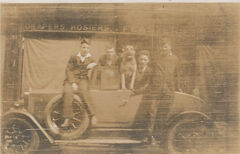


.png.8ed7f3d4753c93e5f45344da507f8d26.png)
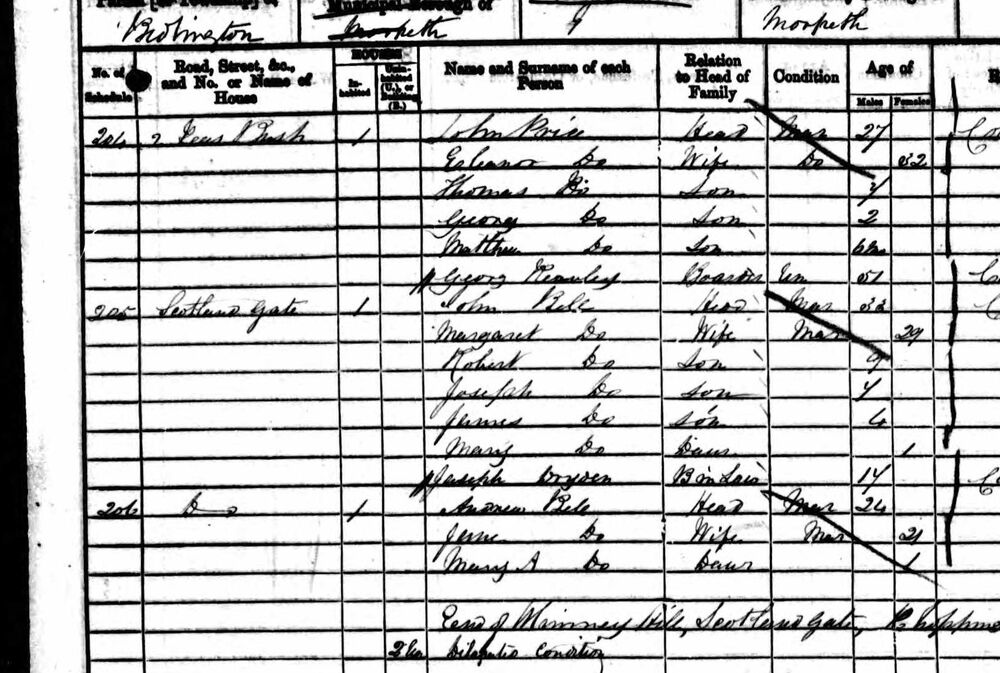
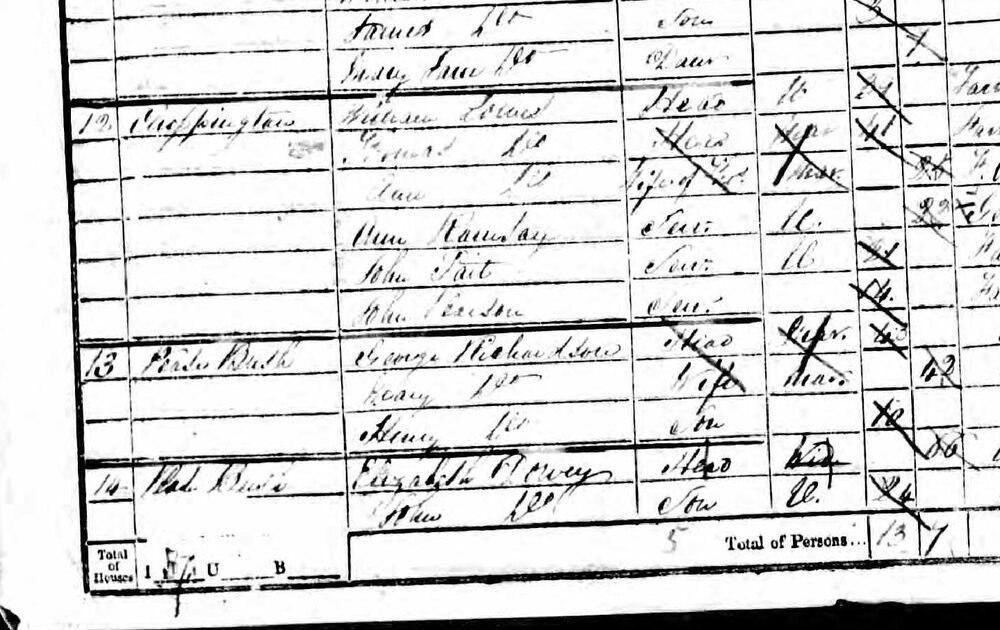
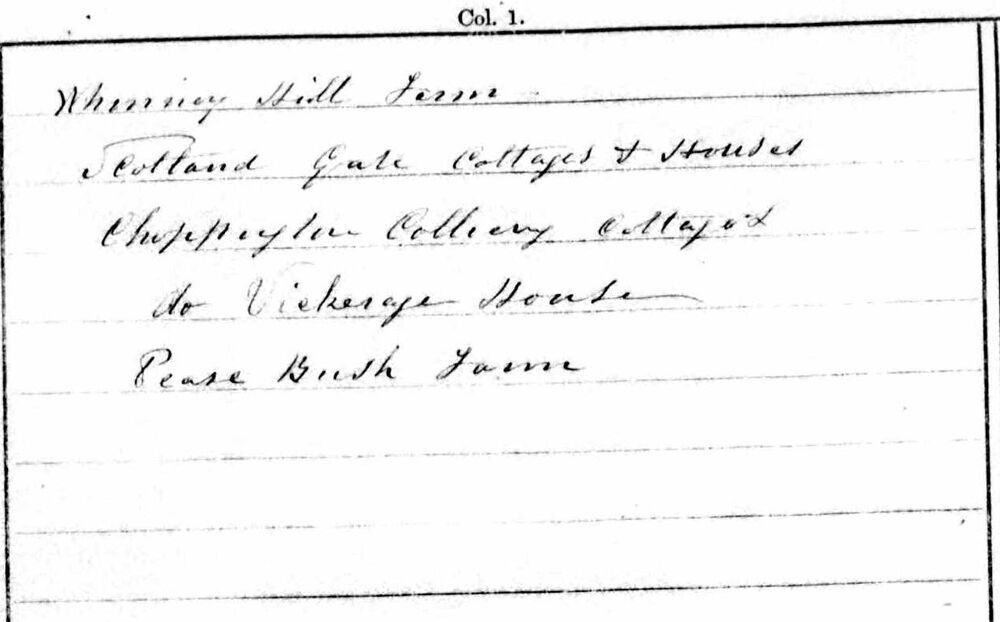
.thumb.png.e658c49454df8158effba1183c5d2b03.png)
